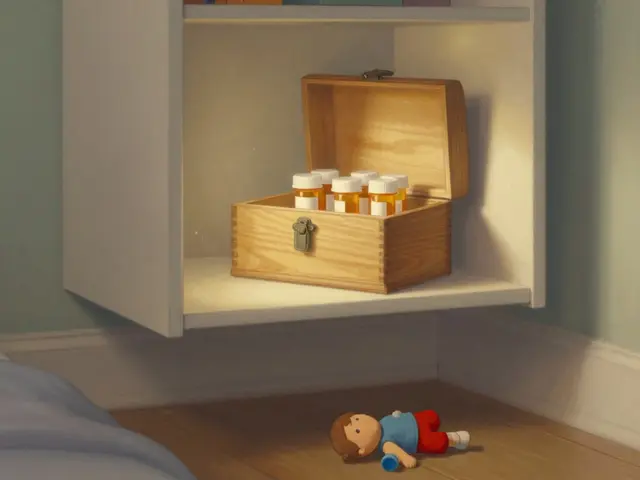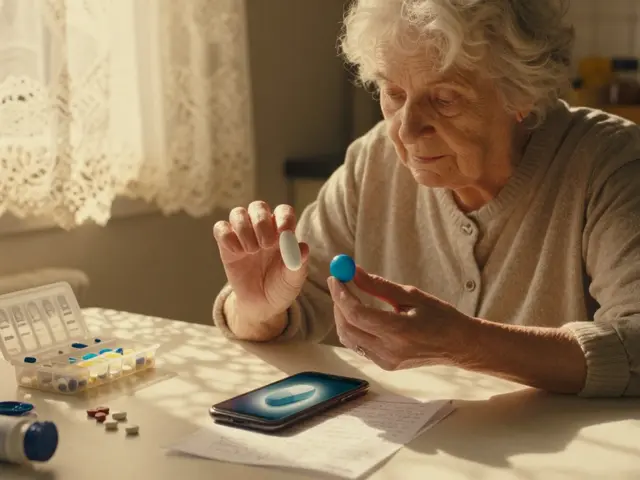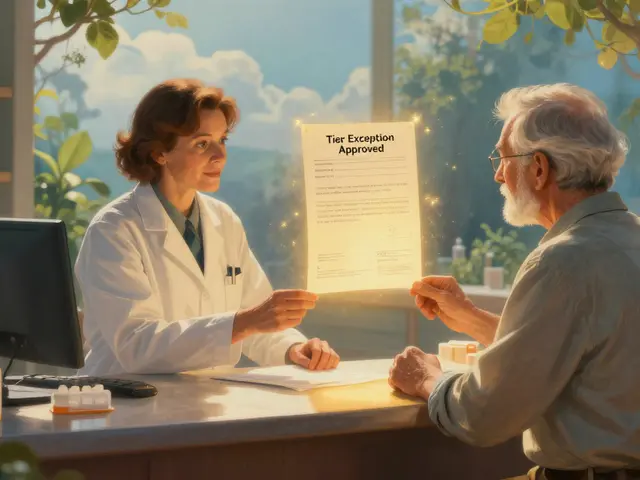Cholesterol: How to Check It, Lower It, and Reduce Heart Risk
Most people with high cholesterol feel fine — until a heart attack or stroke shows up. Cholesterol itself isn't the enemy: your body needs it. But too much LDL (the "bad" kind) or low HDL (the "good" kind) raises the risk of clogged arteries. This page gives clear, no-nonsense steps you can use now.
Quick tests and target numbers
A standard lipid panel measures total cholesterol, LDL, HDL, and triglycerides. Here are common targets used by doctors: total cholesterol under 200 mg/dL, LDL under 100 mg/dL for most people (under 70 mg/dL if you have heart disease), HDL over 40 mg/dL for men and over 50 mg/dL for women, and triglycerides under 150 mg/dL. If your LDL is above 190 mg/dL or you have diabetes, family history, or prior heart disease, your doctor will treat more aggressively.
Doctors also use a 10-year risk score to decide on medicines. That score combines age, blood pressure, smoking, diabetes, and cholesterol numbers. Don’t guess — ask your clinician for the risk estimate and what it means for you.
Practical ways to lower cholesterol
Start with diet: eat more soluble fiber (oats, beans, apples), add plant sterols (fortified spreads or certain supplements), choose nuts and fatty fish, and swap butter for olive oil. Cut trans fats completely; limit saturated fats from fatty cuts of meat and full-fat dairy. Small shifts matter — replacing a couple of high-fat meals per week makes a difference.
Move your body. Aim for about 150 minutes of moderate aerobic activity per week (brisk walking, cycling). Losing even 5-10% of body weight often improves LDL and triglycerides.
Medication is common and effective. Statins are first-line: they lower LDL and reduce heart attacks. Ezetimibe or bile acid sequestrants can be added if statins aren’t enough. For very high-risk patients, PCSK9 inhibitors (injectable) can cut LDL a lot. Common statin issues include muscle aches and rare liver enzyme changes; doctors usually check blood tests 4–12 weeks after starting therapy and then periodically.
Watch interactions: grapefruit juice can raise levels of some statins (like simvastatin and atorvastatin) — avoid mixing without medical advice. Tell your doctor about all medicines and supplements.
Check your numbers regularly: after lifestyle changes or new medicines, re-test to see progress. If you have strong family history of early heart disease, or sudden chest pain, contact your doctor right away. Pick one change this week — swap a processed snack for fruit, add a 20-minute walk, or book a cholesterol test. Small steps add up and protect your heart.
The Connection Between Low-Density Lipoprotein and Eye Health
As a blogger, I've recently discovered the fascinating connection between Low-Density Lipoprotein (LDL) and eye health. It's crucial to understand that high levels of LDL, often referred to as "bad cholesterol," can have negative effects on our eyes, potentially leading to conditions like age-related macular degeneration (AMD) and cataracts. Moreover, maintaining a healthy diet and lifestyle can help regulate our cholesterol levels and thus protect our vision. In conclusion, it's essential to keep an eye on our cholesterol levels to ensure our eyes remain in good health. So, let's make sure to keep our hearts and eyes happy by managing our LDL intake!
Read More




